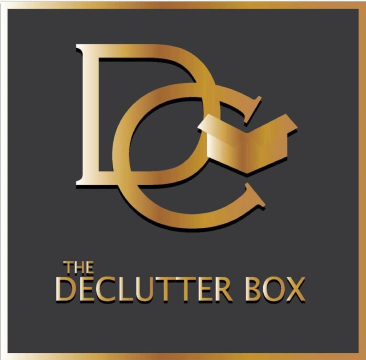Why We Hold On to Things — And How to Let Go
“I don’t even use it… but I can’t seem to get rid of it.”
You’re not just holding onto items—you’re holding onto memories, identity, guilt, dreams, and history.
Letting go of clutter isn’t about discipline or trendiness. It’s about untangling emotion from possession, and finding the courage to say: “This no longer belongs in my next chapter.”
Science Says:
– Emotional attachment to items is a form of identity preservation.
– Letting go of possessions activates the brain’s pain and fear centers, similar to experiencing loss.
– Releasing clutter is linked to increased cognitive clarity, emotional relief, and better decision-making.
(Sources: Yale Center for Emotional Decision-Making, Journal of Consumer Psychology, University of Cambridge Behavioural Lab)
Why We Emotionally Hold On to Clutter:
1. We See Items as Extensions of Identity
These items no longer serve a purpose—they serve a memory of who you were trying to be.
2. We Feel Guilt for Letting Things Go
Guilt is not a reason to carry clutter—it’s a signal to reframe the story.
3. We Fear Regret or Scarcity
Most people don’t miss what they donate—but do report feeling relief after decluttering.
4. We Struggle with Decision Fatigue
Each item becomes a mini-decision; clutter becomes mentally exhausting.
How to Let Go—Without Guilt, Shame, or Fear:
1. Label the Emotion First
Naming the emotion behind the object gives you clarity and power over it.
2. Keep One to Represent Many
Sentiment doesn’t multiply with quantity. One item, well kept, preserves the memory beautifully.
3. Use a “Not Now” Box
Not ready to let go? That’s okay. Store it in a box and revisit in 30 days.
4. Create a Goodbye Ritual
Letting go through ritual creates peace where guilt once lived.
5. Shift the Focus: “What Am I Making Room For?”
Decluttering becomes a design project for your next chapter—not just a cleaning task.
Final Thoughts:
Letting go is not about loss—it’s about alignment. Keep what supports your peace. Let go of what drains your energy.
You’re not starting over. You’re moving forward—with less clutter and more clarity.
Science Summary:
– Emotional clutter = identity + fear + guilt
– Letting go activates the brain’s pain center—but is followed by emotional relief
– Ritual, simplification, and intentionality ease the process
(Sources: Yale Emotional Ownership Study, Journal of Aging & Identity, Cambridge Center for Decluttering Psychology)
